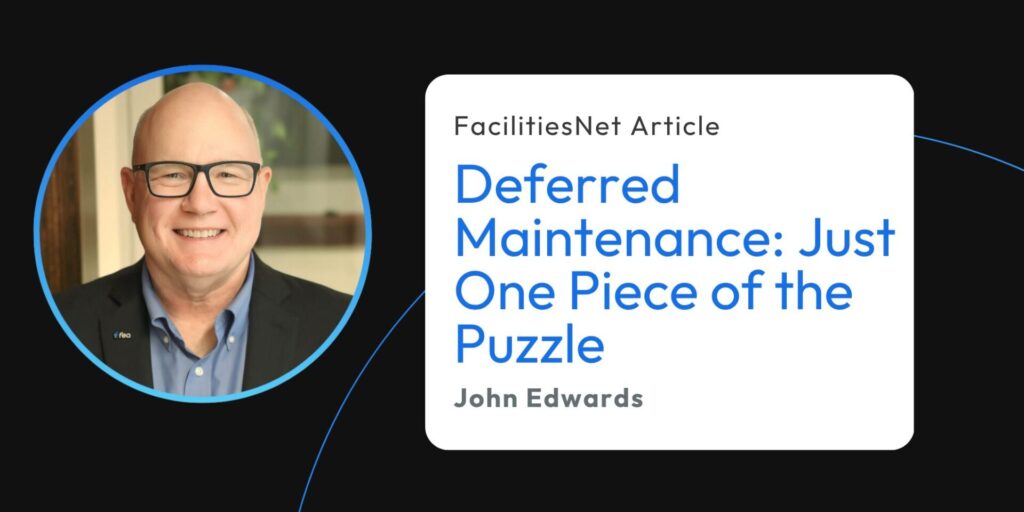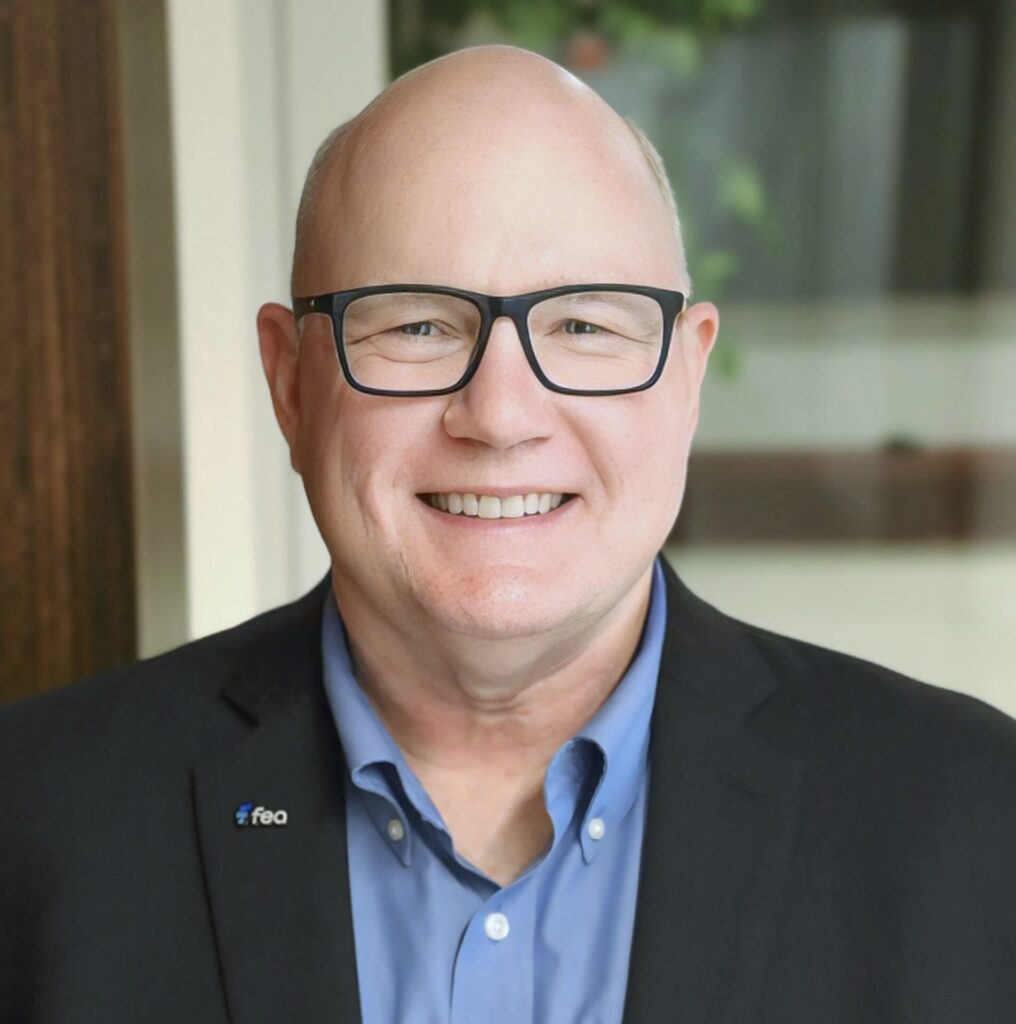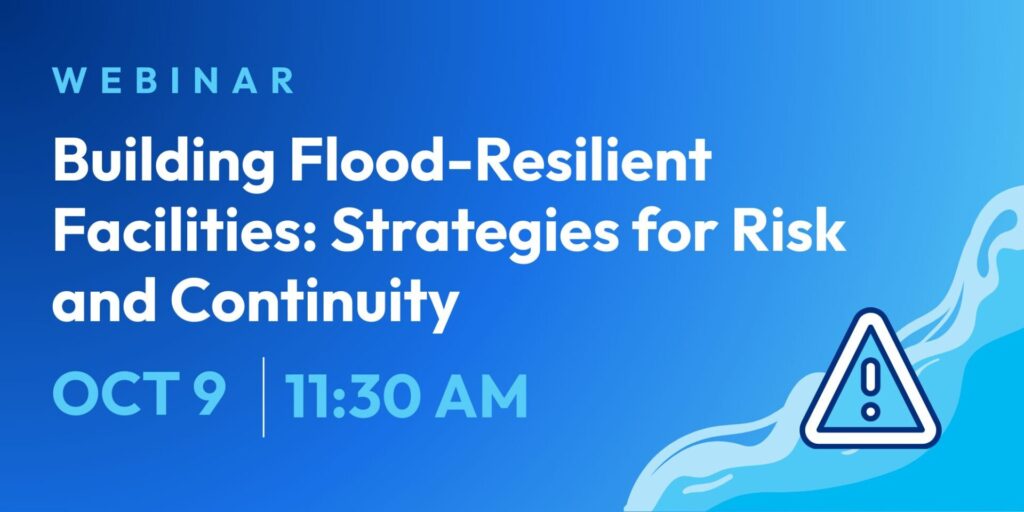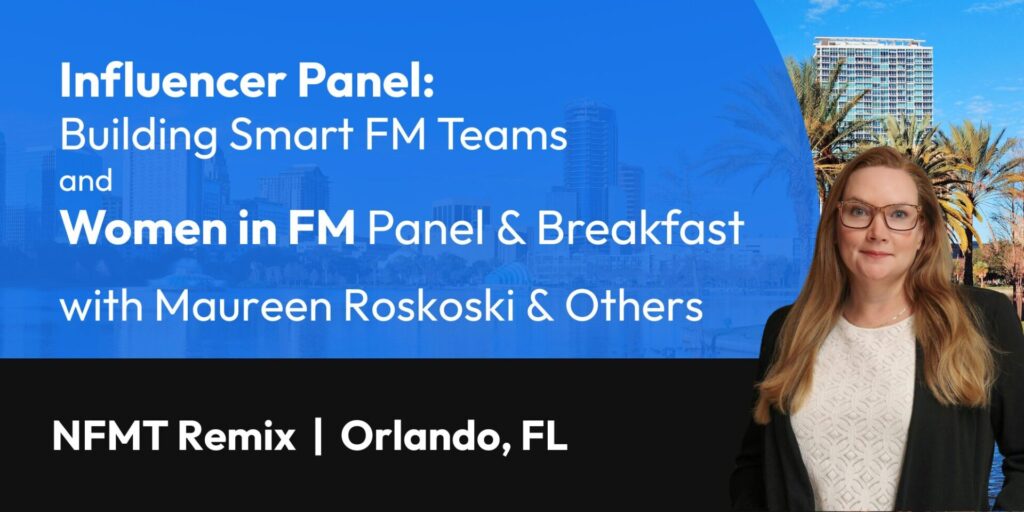Reducing Deferred Maintenance Backlog: Seeing the Whole Puzzle
Facility managers have long been on the front lines of deferred maintenance — tackling the leaks, cracks, and breakdowns that keep operations running day to day. But as John Edwards, CEO of FEA, points out in a recent FacilitiesNet article, these immediate fixes are only part of a much bigger picture.
In “Deferred Maintenance: Just One Piece of the Puzzle,” Edwards urges facility leaders to take a broader, more strategic approach to managing and ultimately reducing deferred maintenance backlog. Instead of focusing solely on small repairs or isolated issues, he emphasizes the importance of understanding how major building systems — from the roof and façade to HVAC and electrical — age, interact, and require attention over time.
“We’re talking about the major systems that make up the shell and internal functions of a building,” Edwards explains. “They usually have long lifespans and over time need to be addressed, either at the end of their useful lives or incrementally in between.”
This systems-level thinking helps facility managers move beyond reactive maintenance to proactive, data-informed capital planning. By showing how individual projects fit into a larger investment strategy, facility teams can better engage owners and stakeholders — turning what might feel like a list of repairs into a compelling business case for long-term performance and resilience.
Edwards notes that this broader view also helps facility managers communicate more effectively across the organization. “That’s where managers can really earn their keep,” he says. “They’re showing the total picture of costs that come from different pots of money and helping owners understand how all these pieces fit together.”
Ultimately, reducing deferred maintenance backlog isn’t just about catching up on repairs — it’s about reframing how organizations think about their buildings. When facility leaders connect data, systems, and strategy, they transform maintenance from a cost center into a driver of sustainability, reliability, and value.
Read the full article here.




